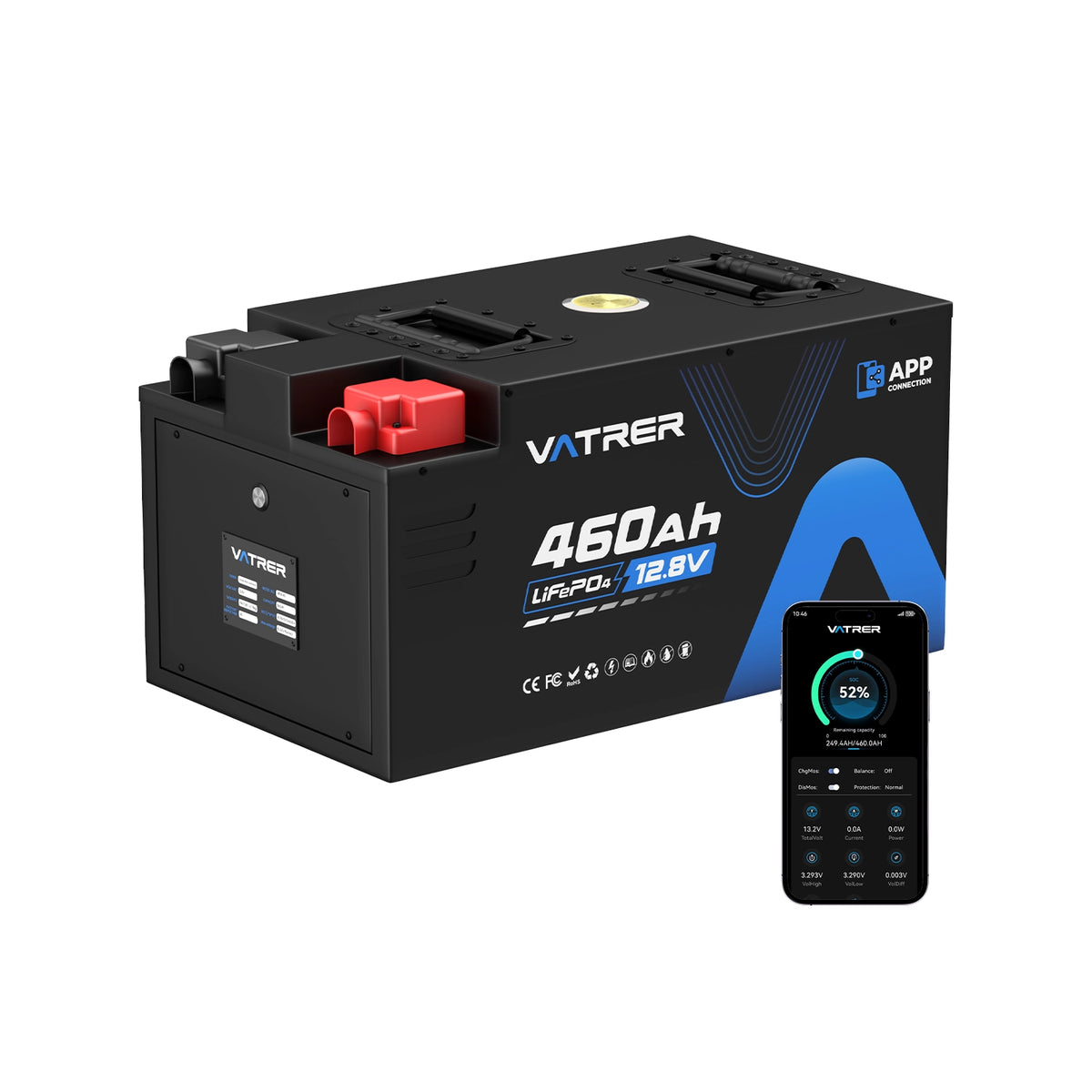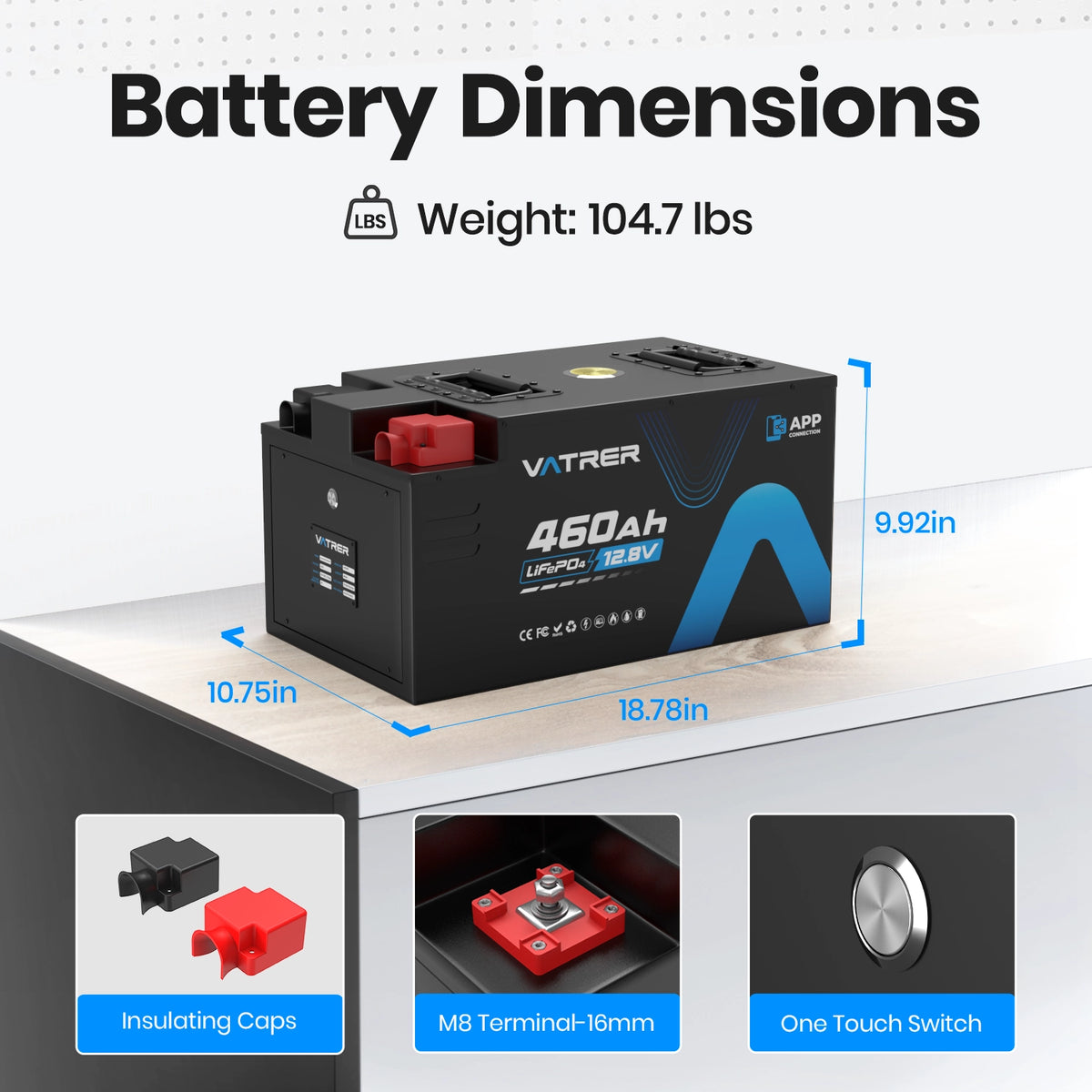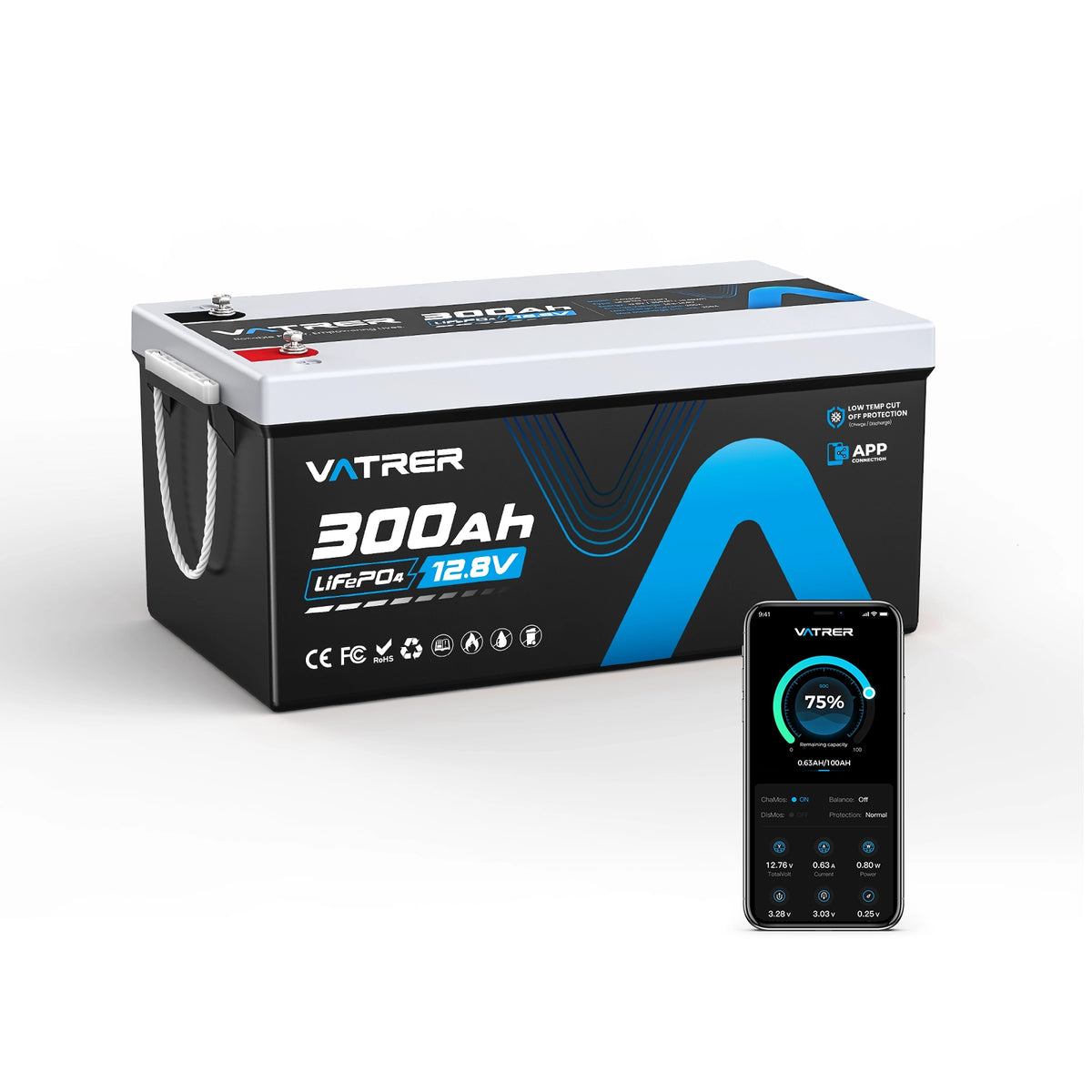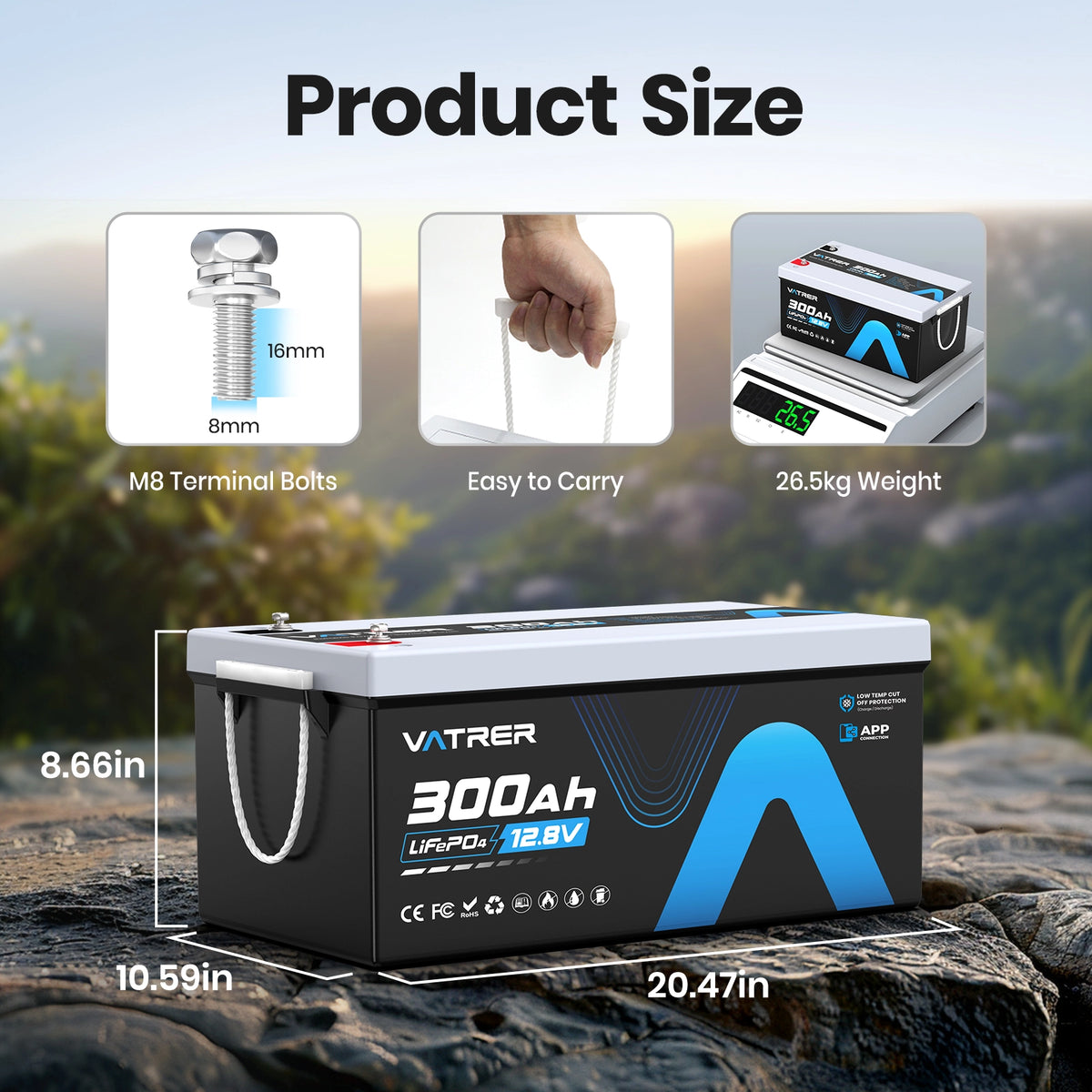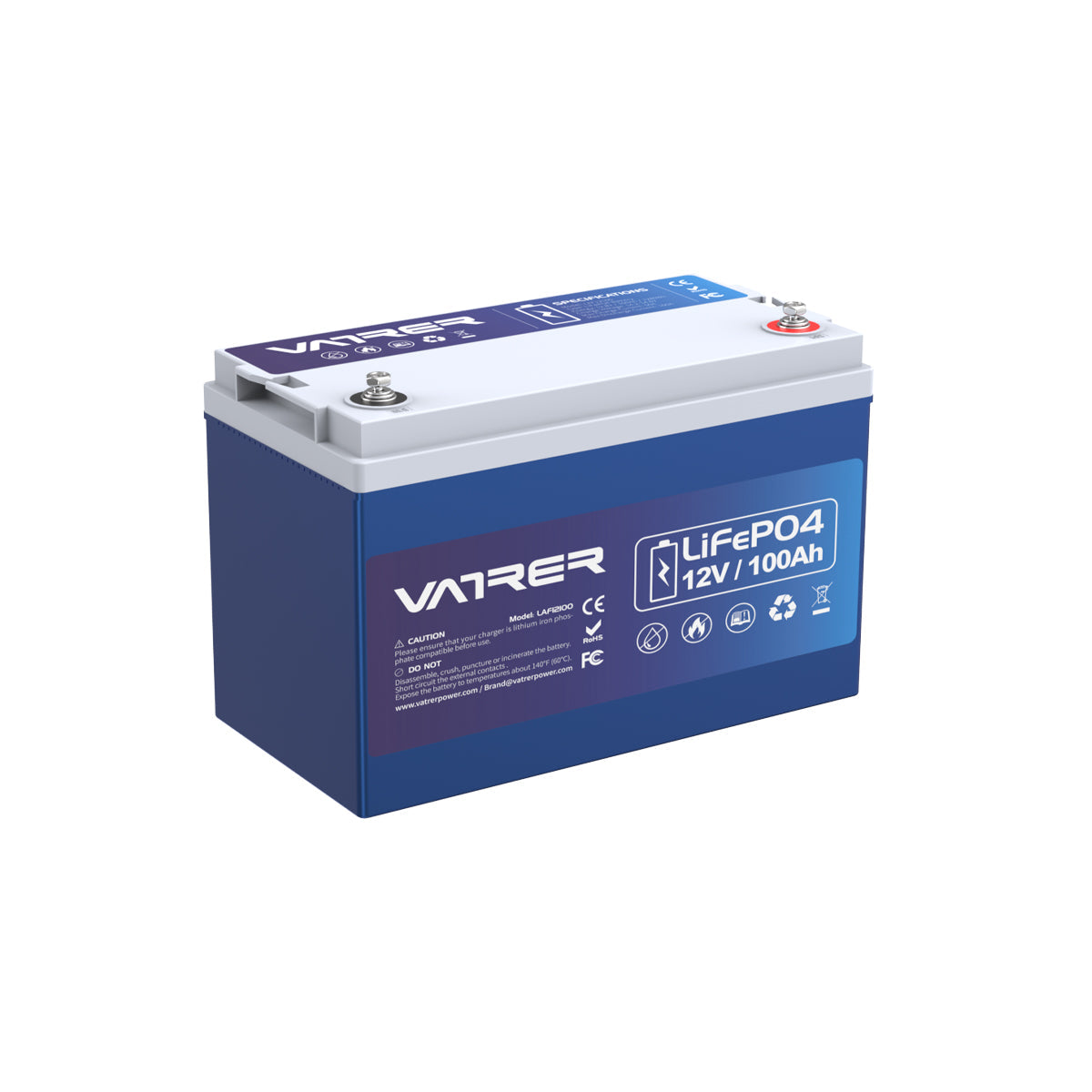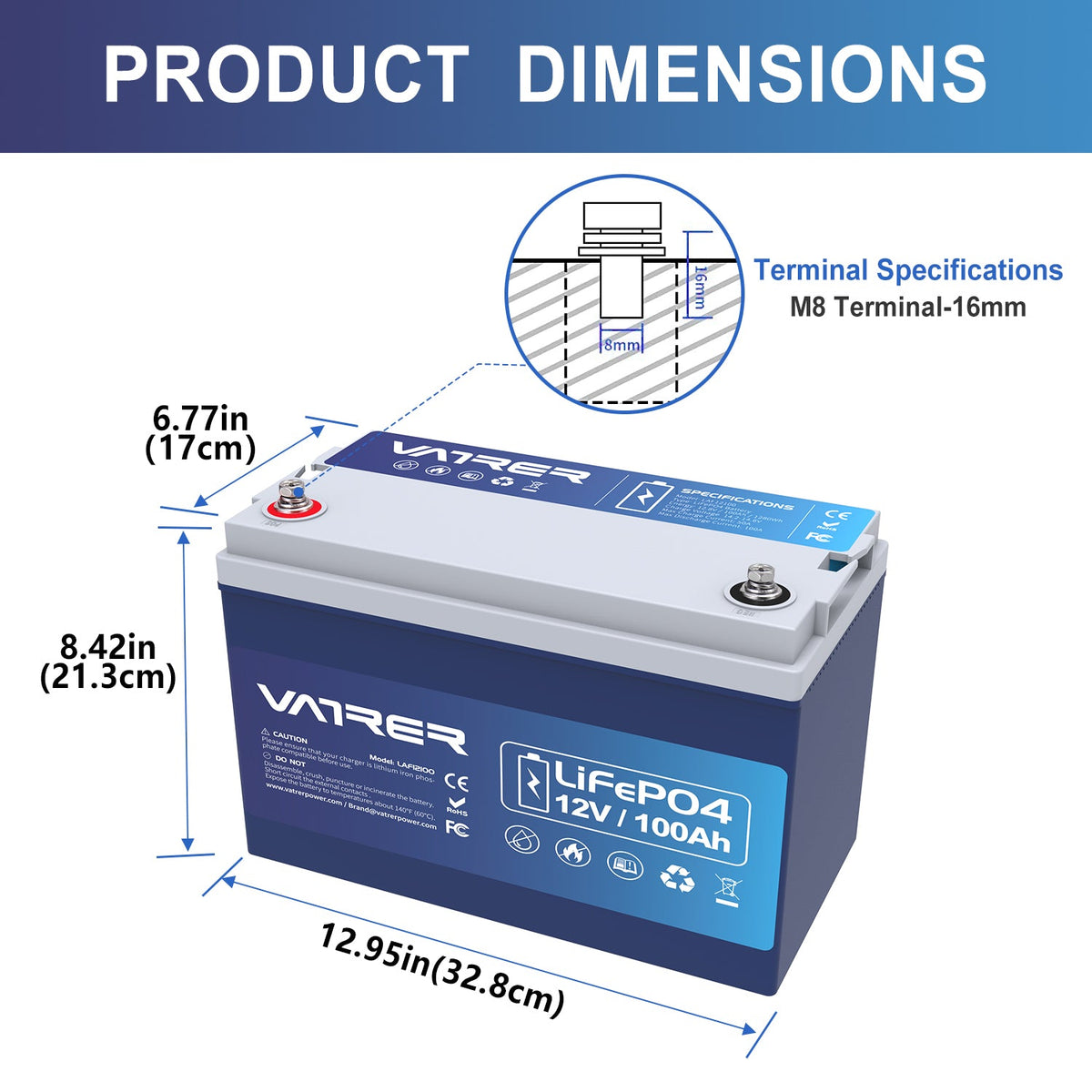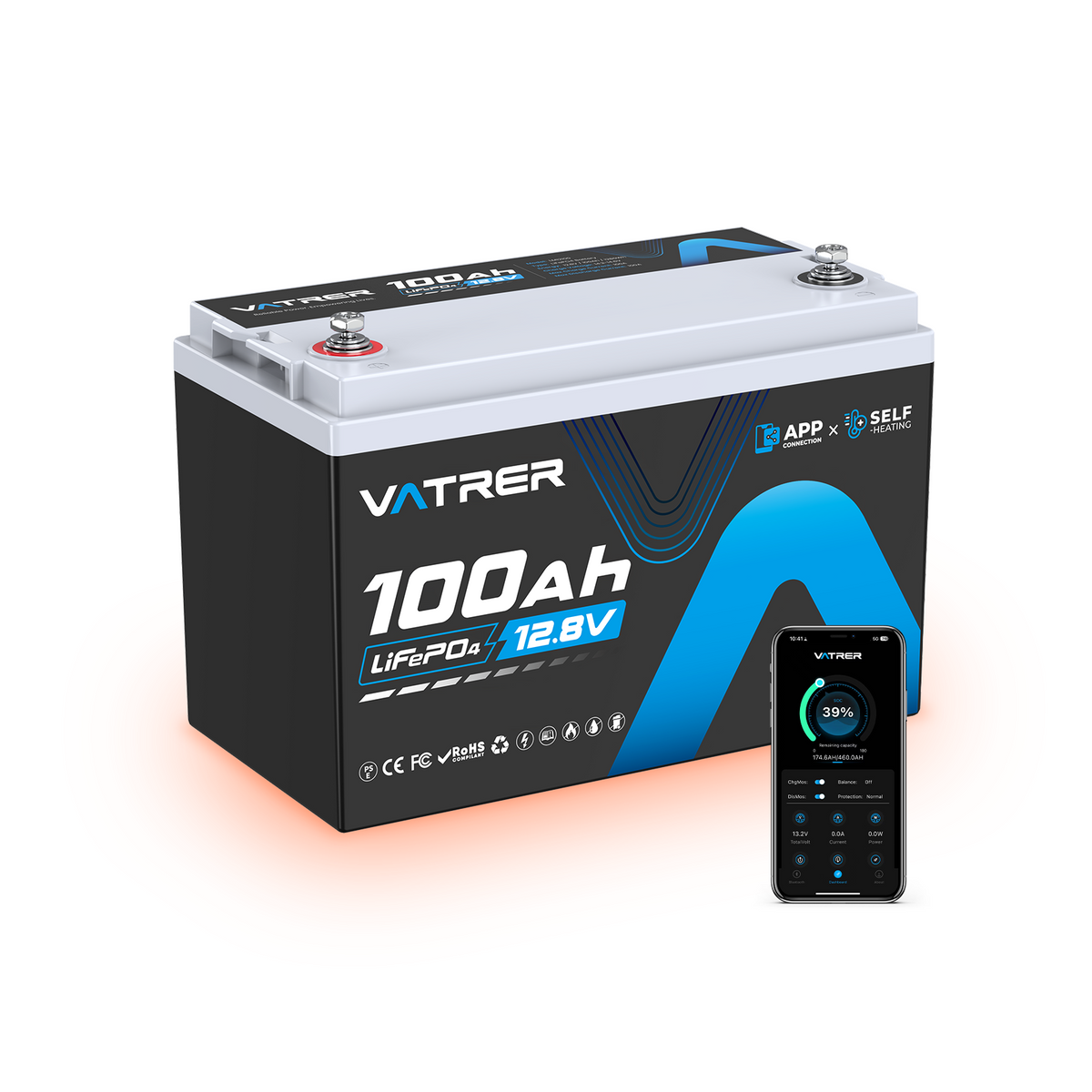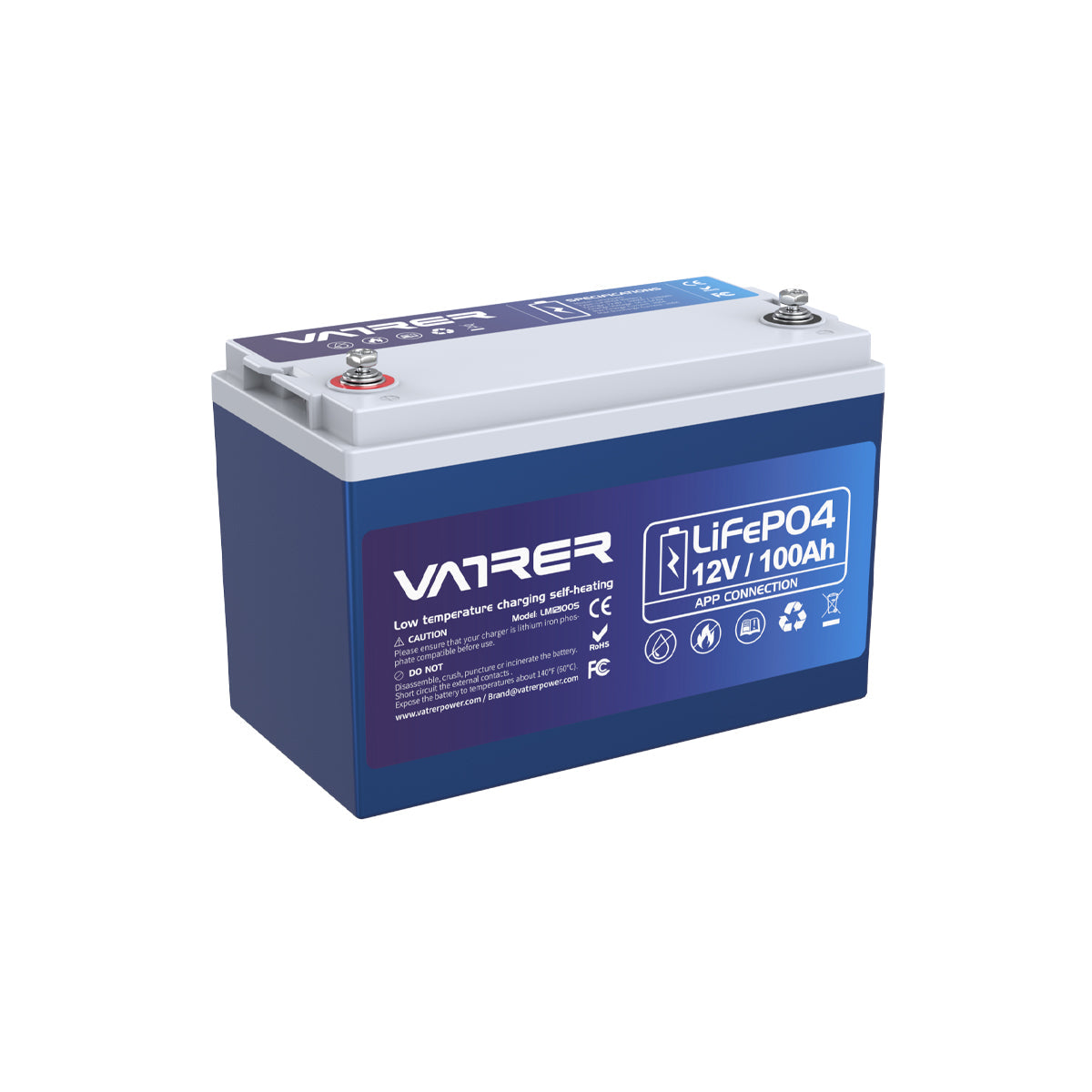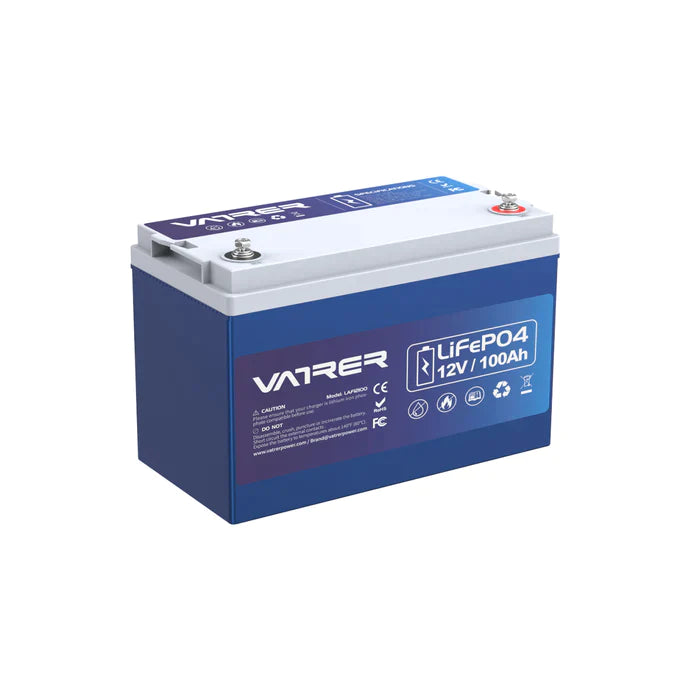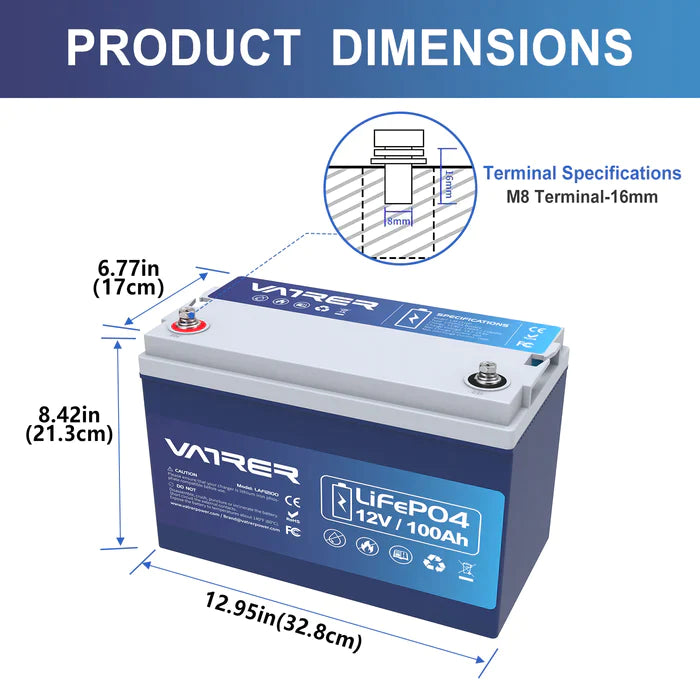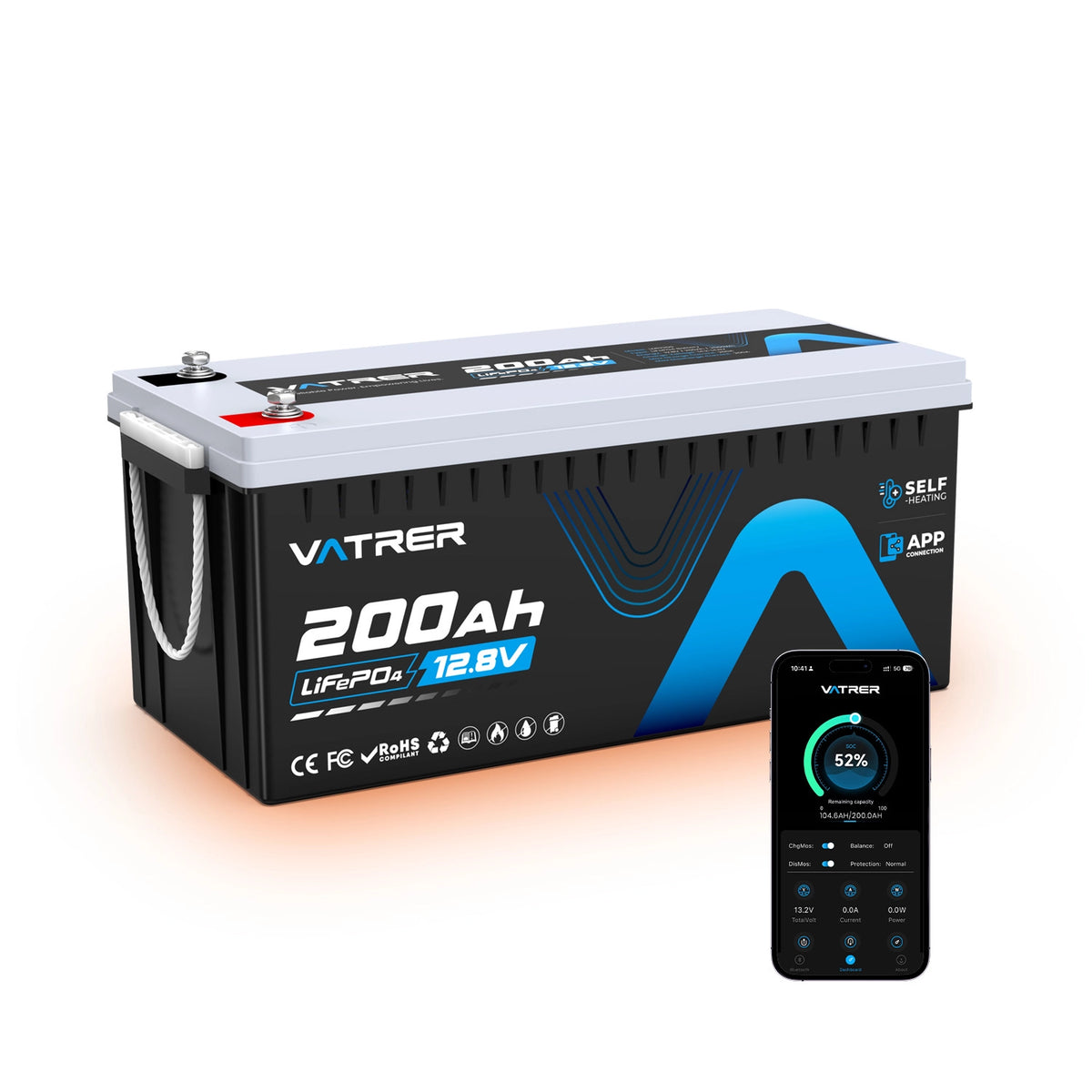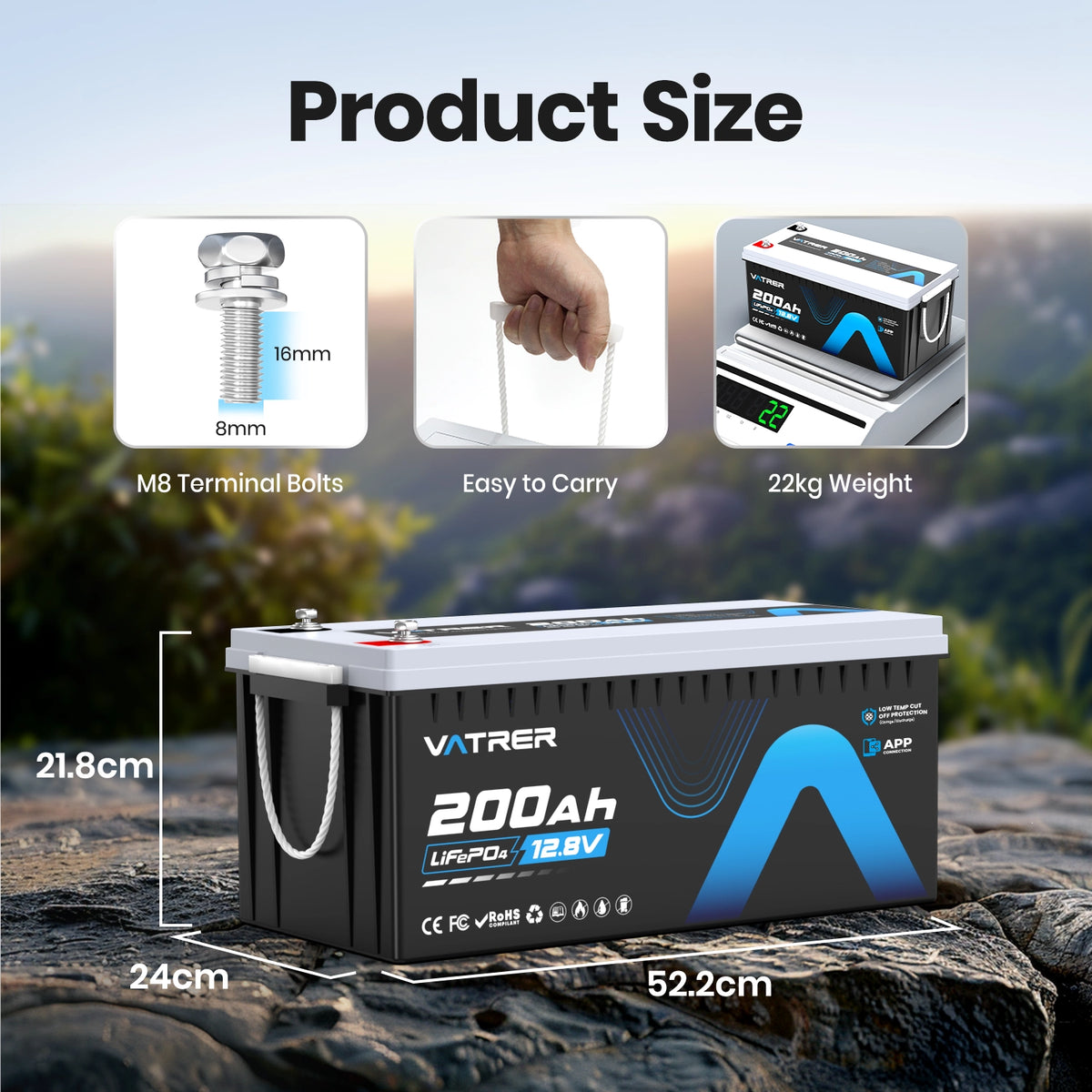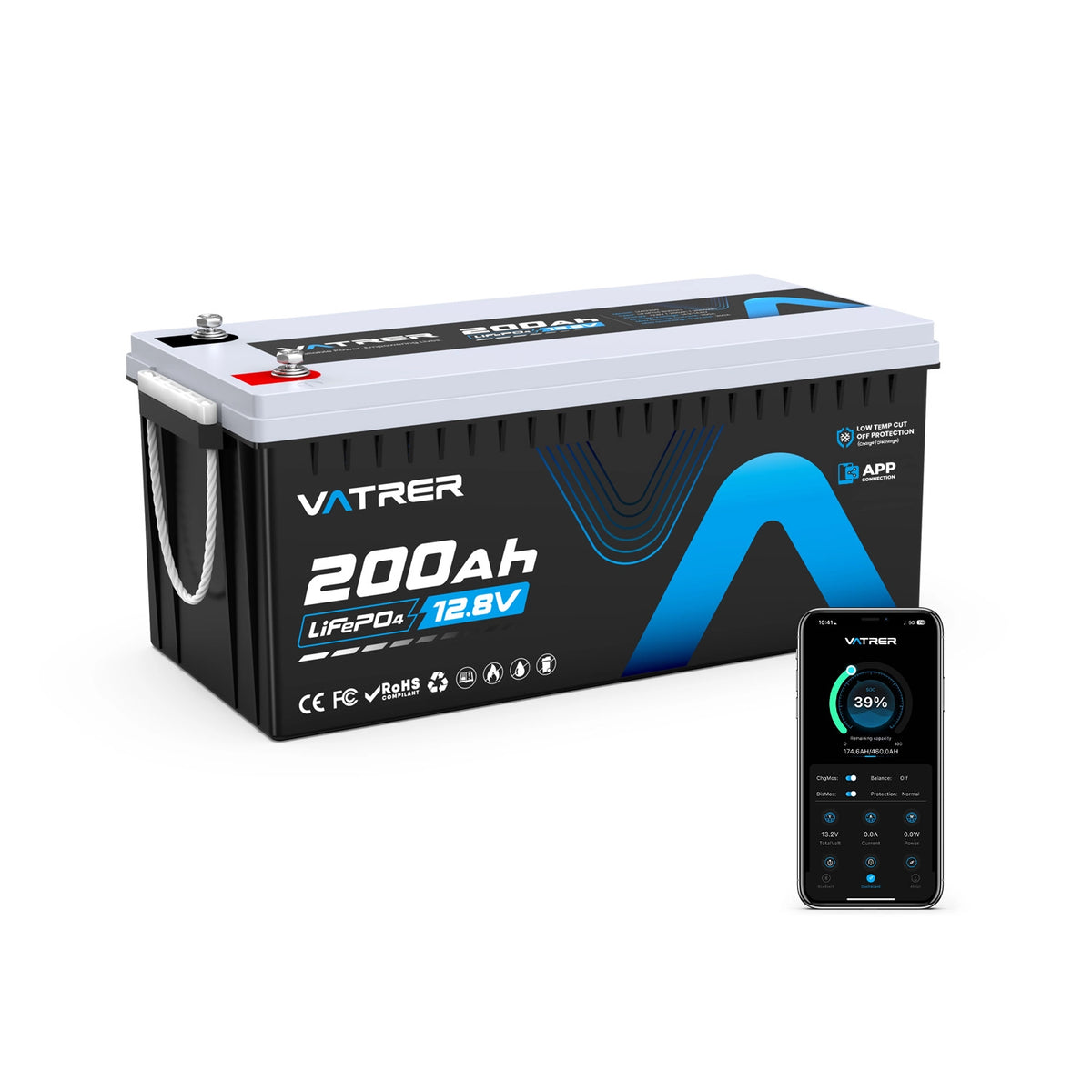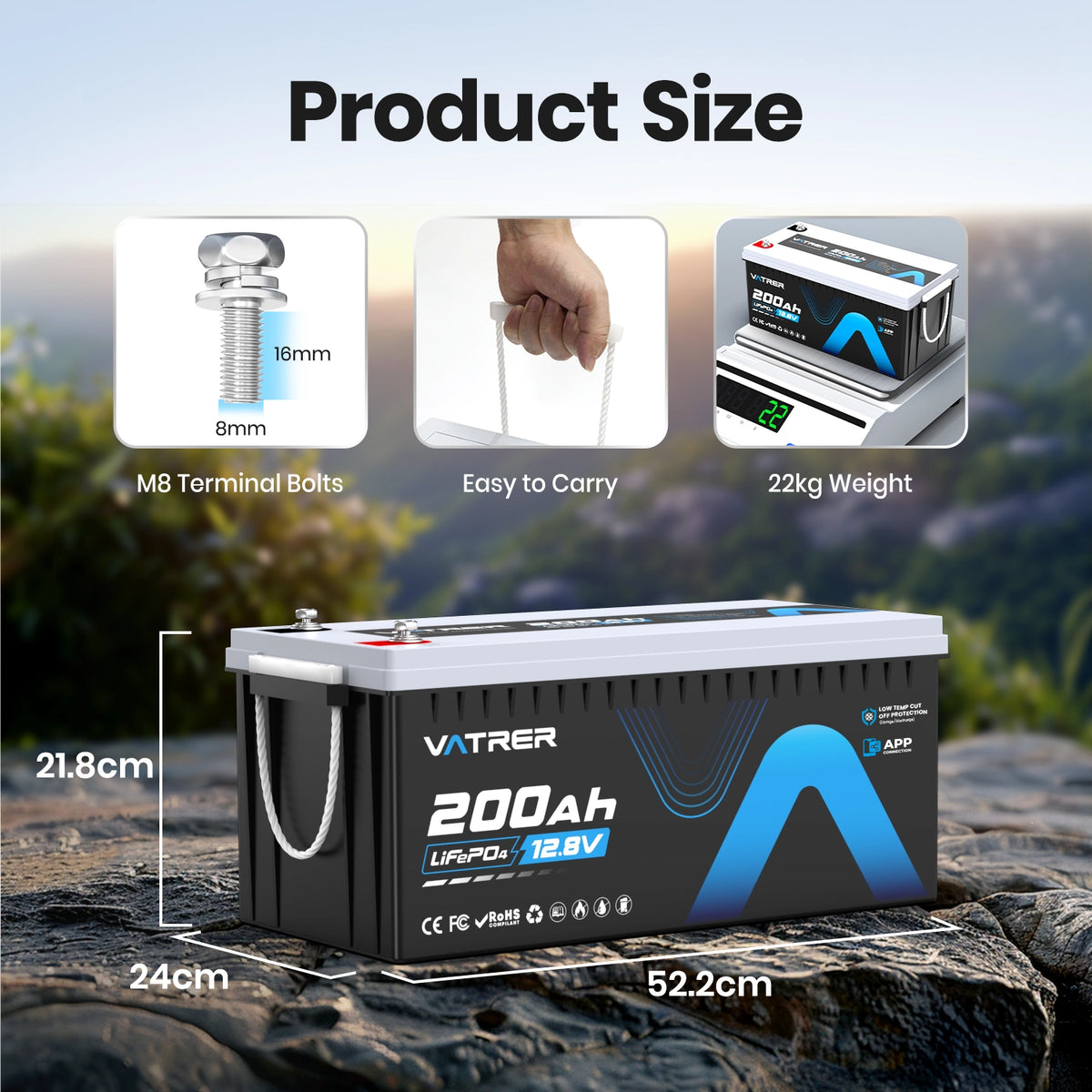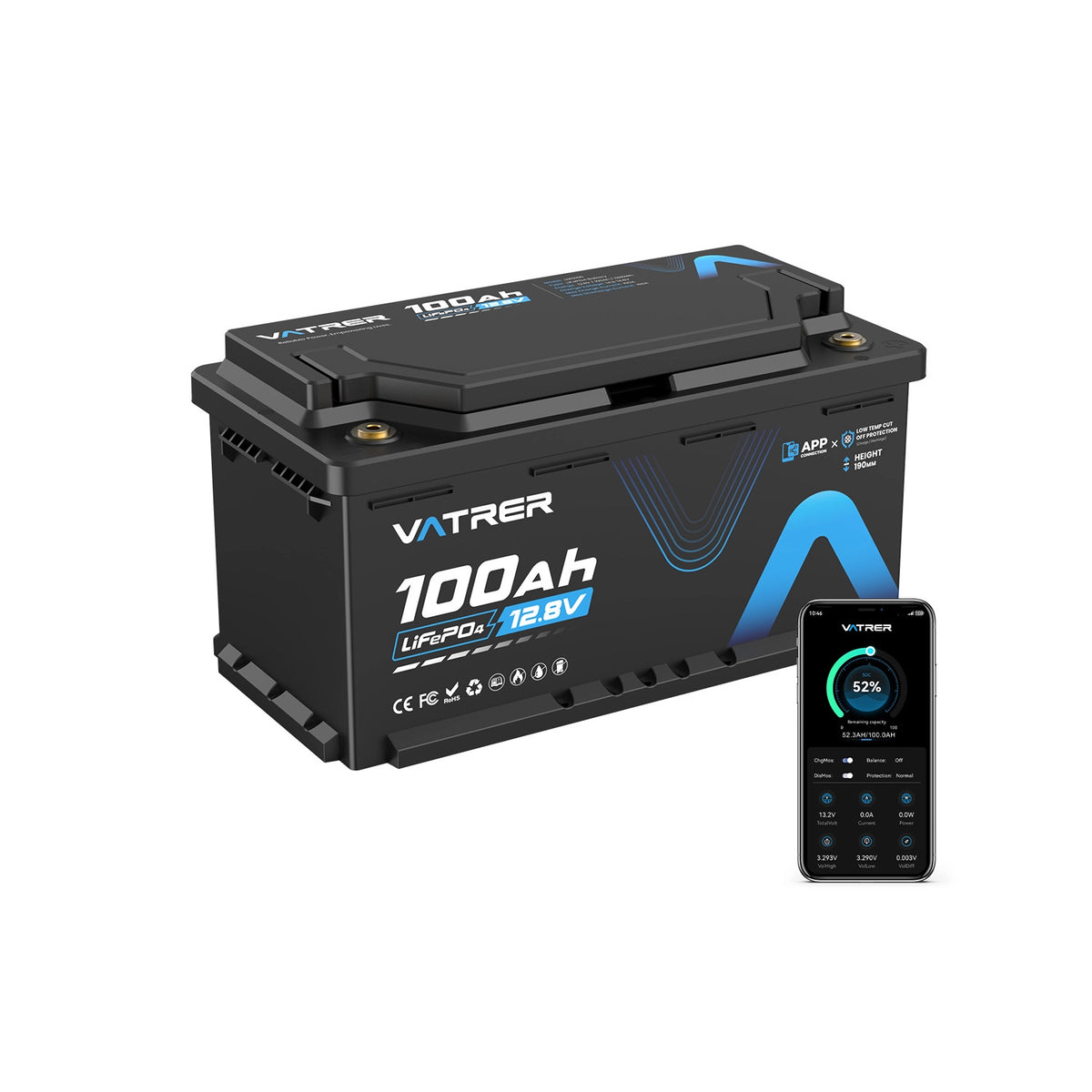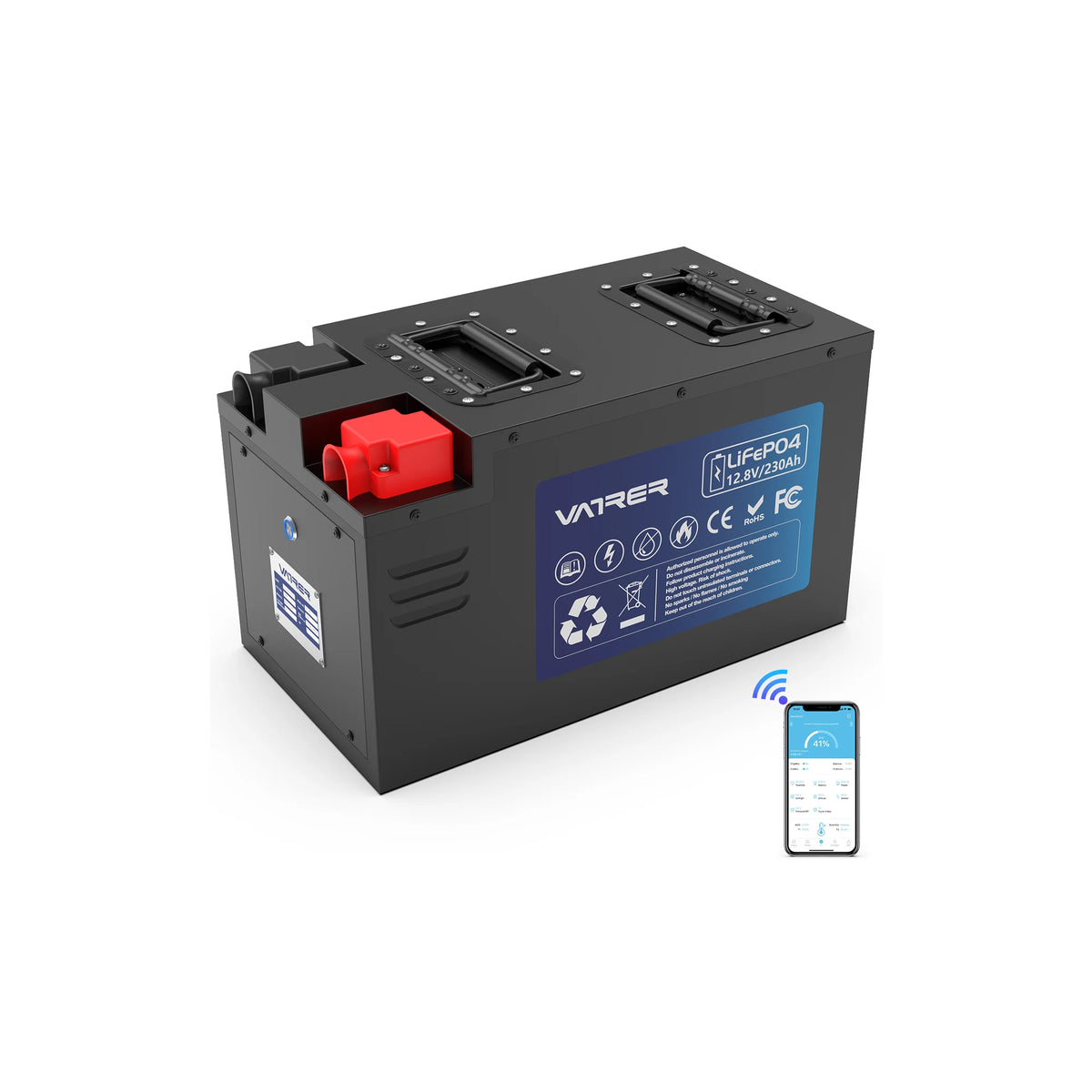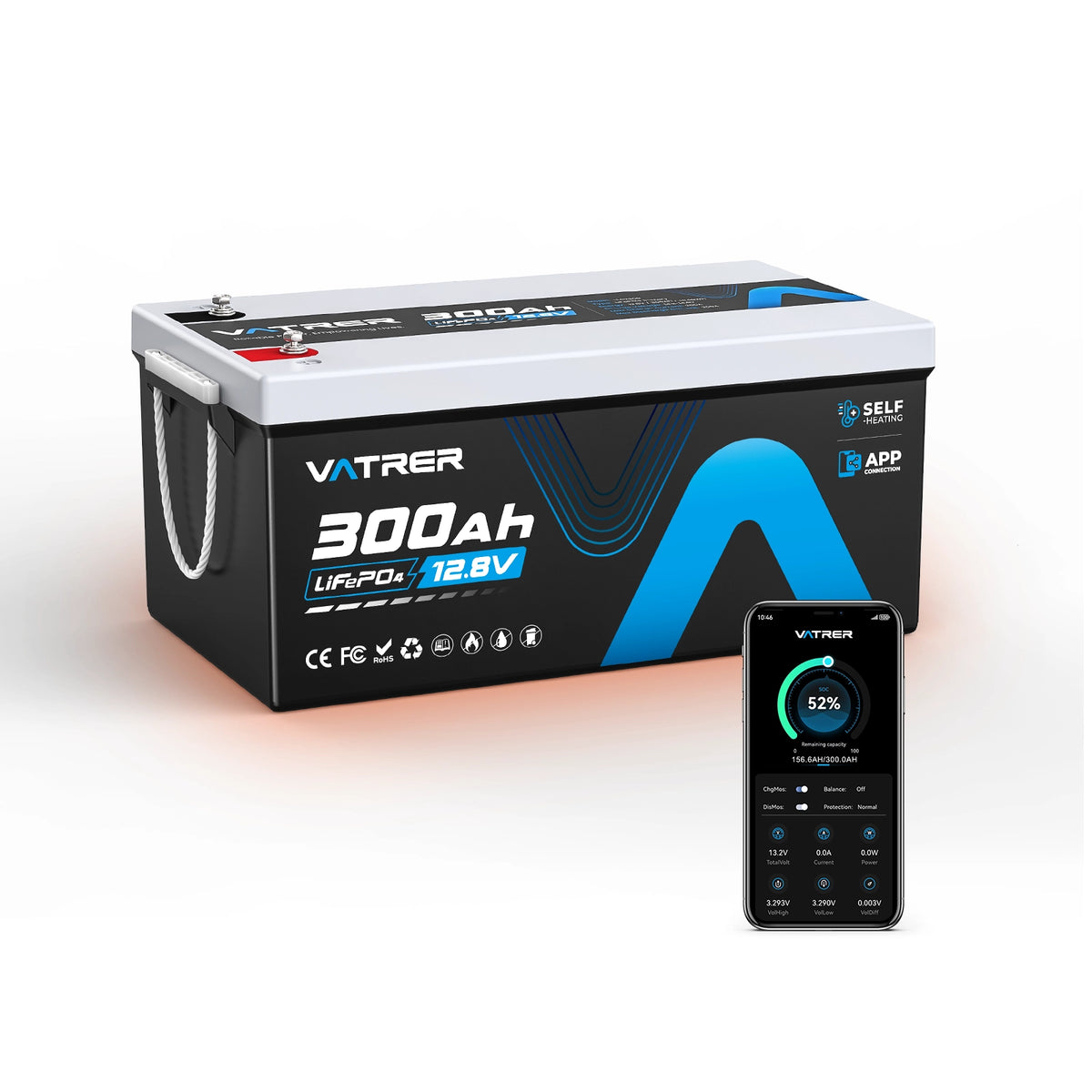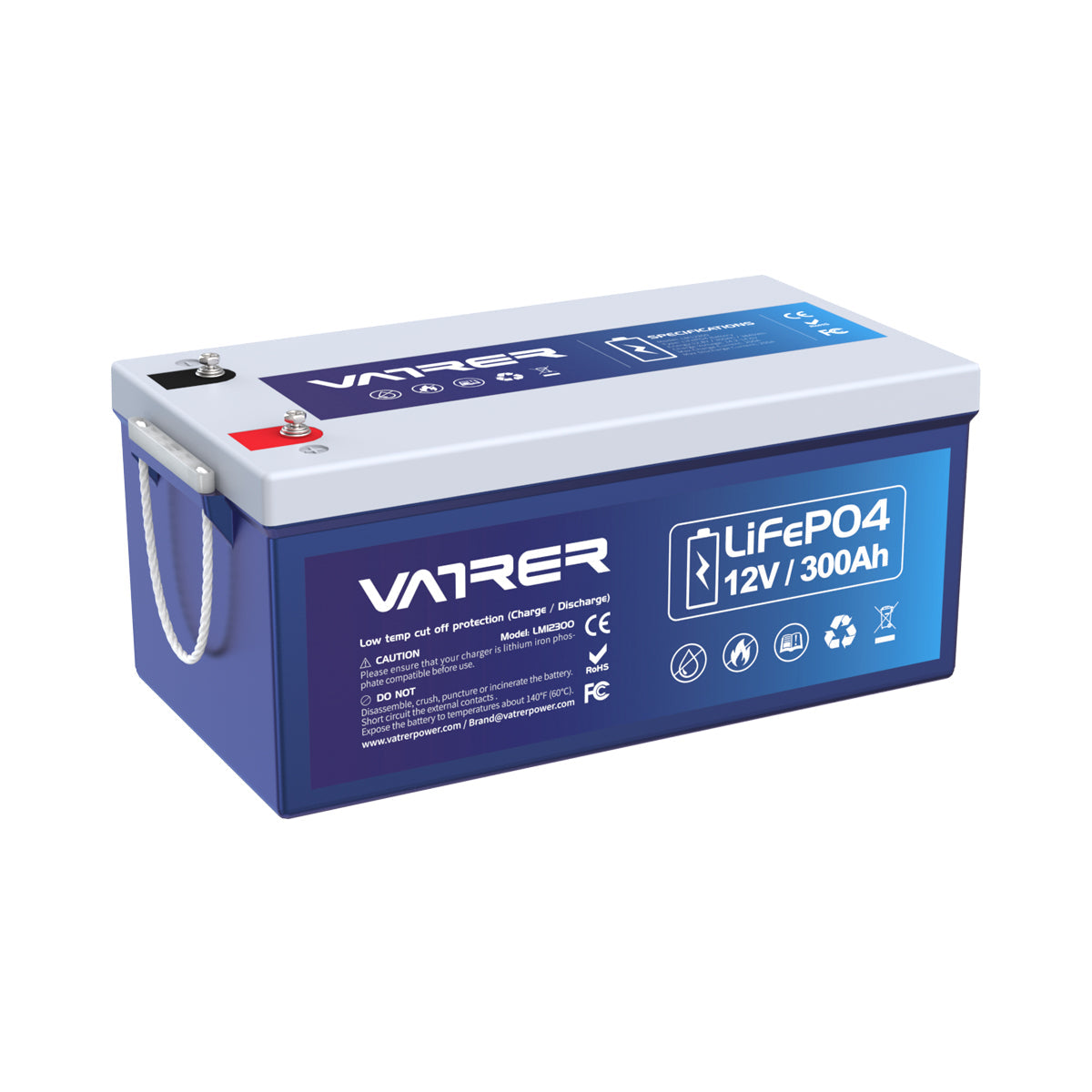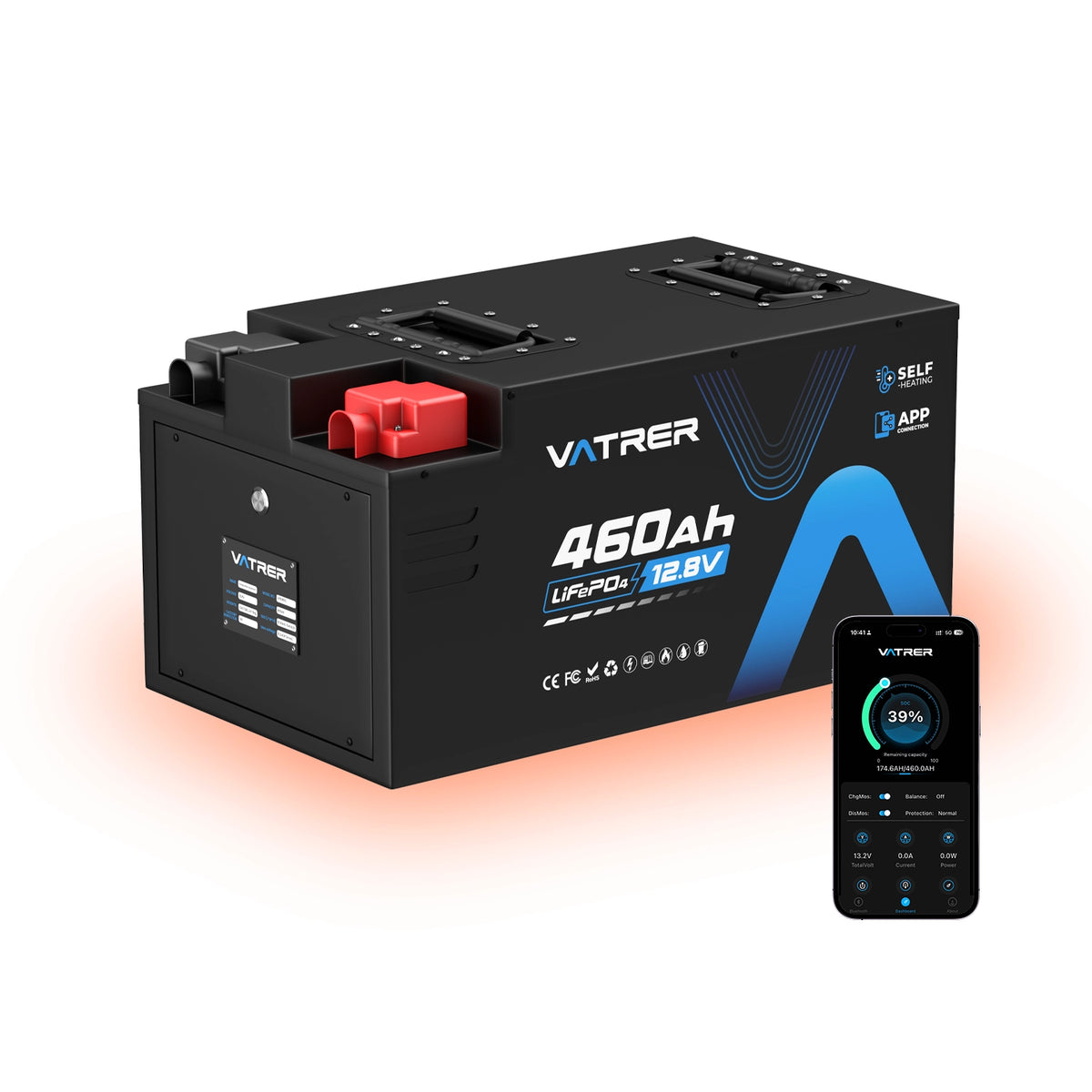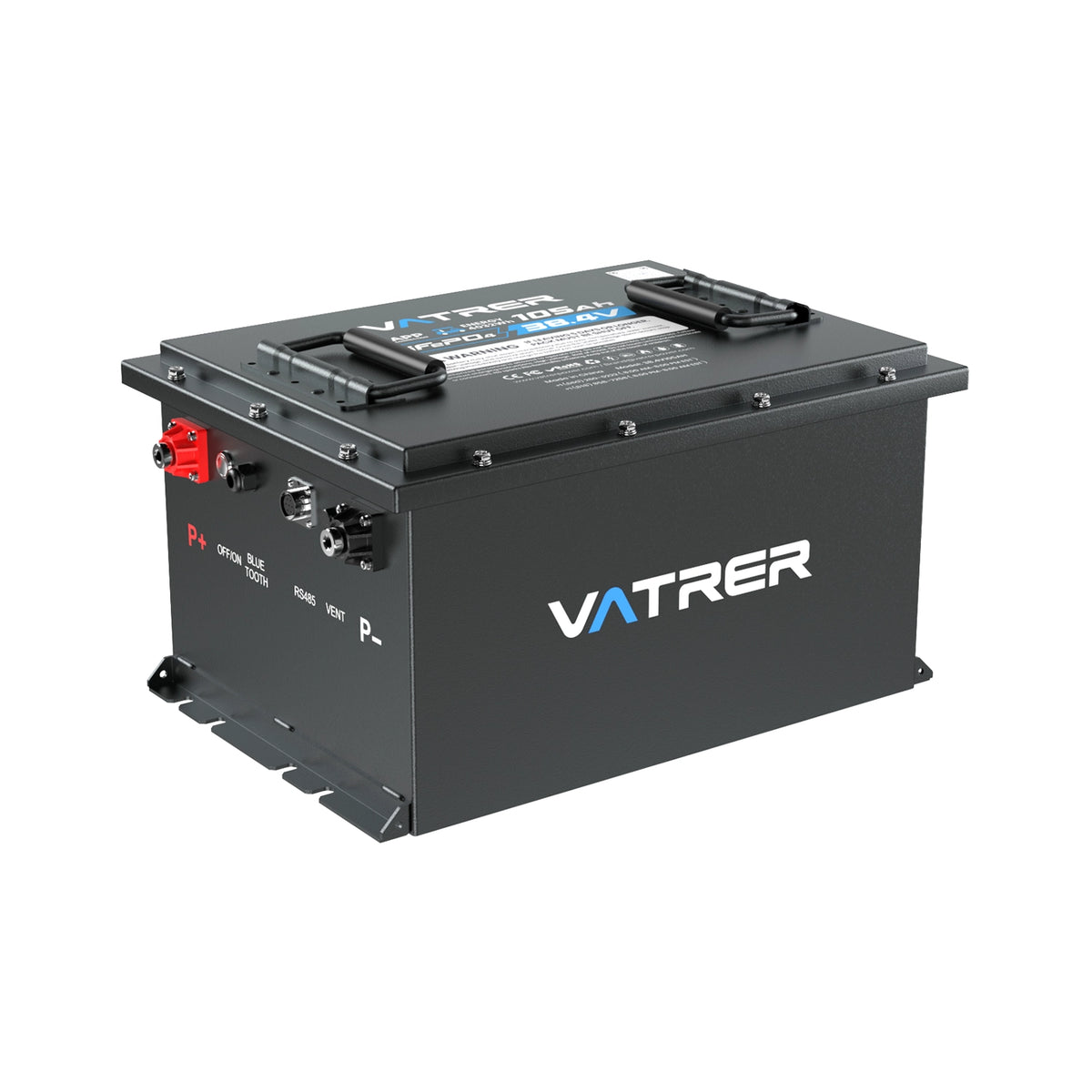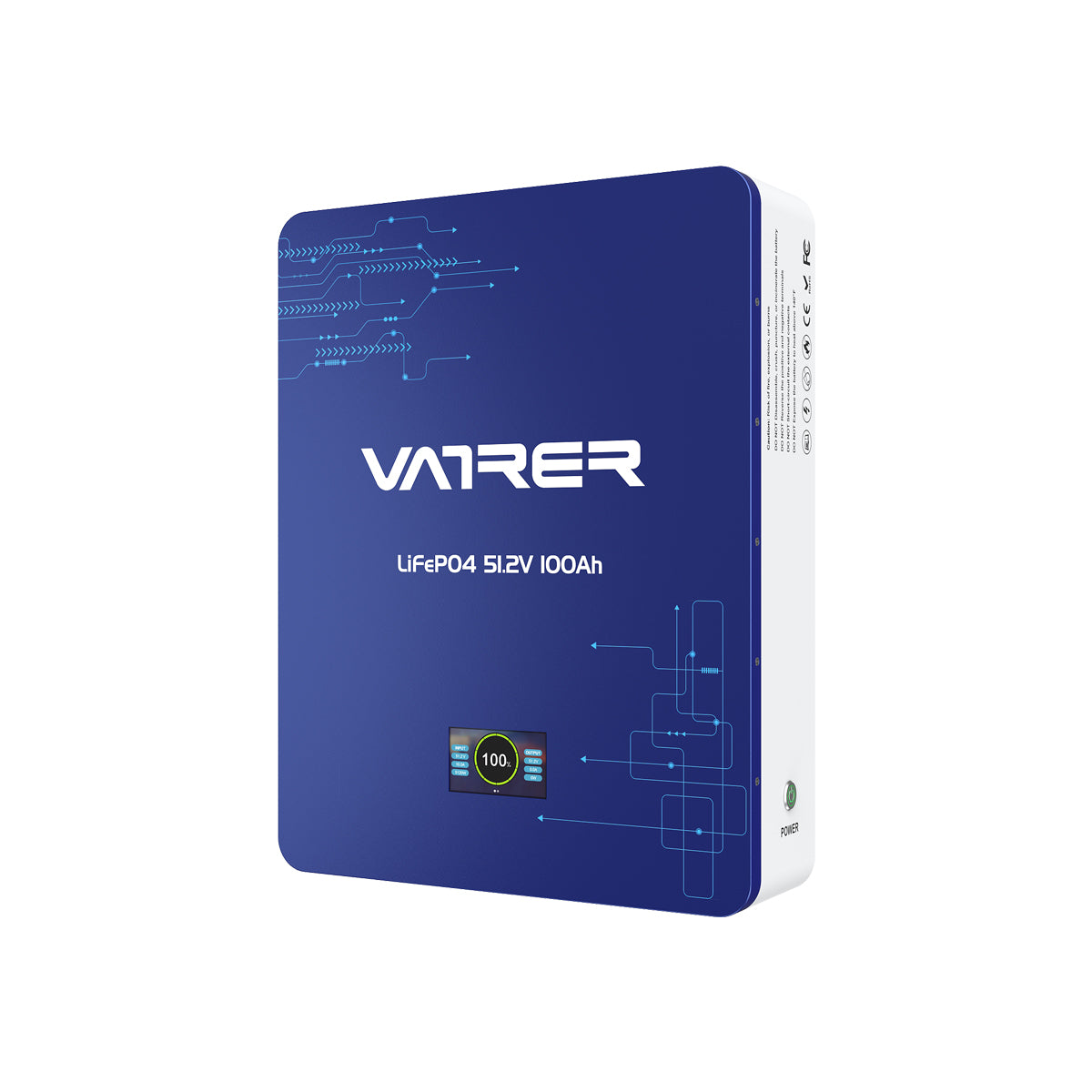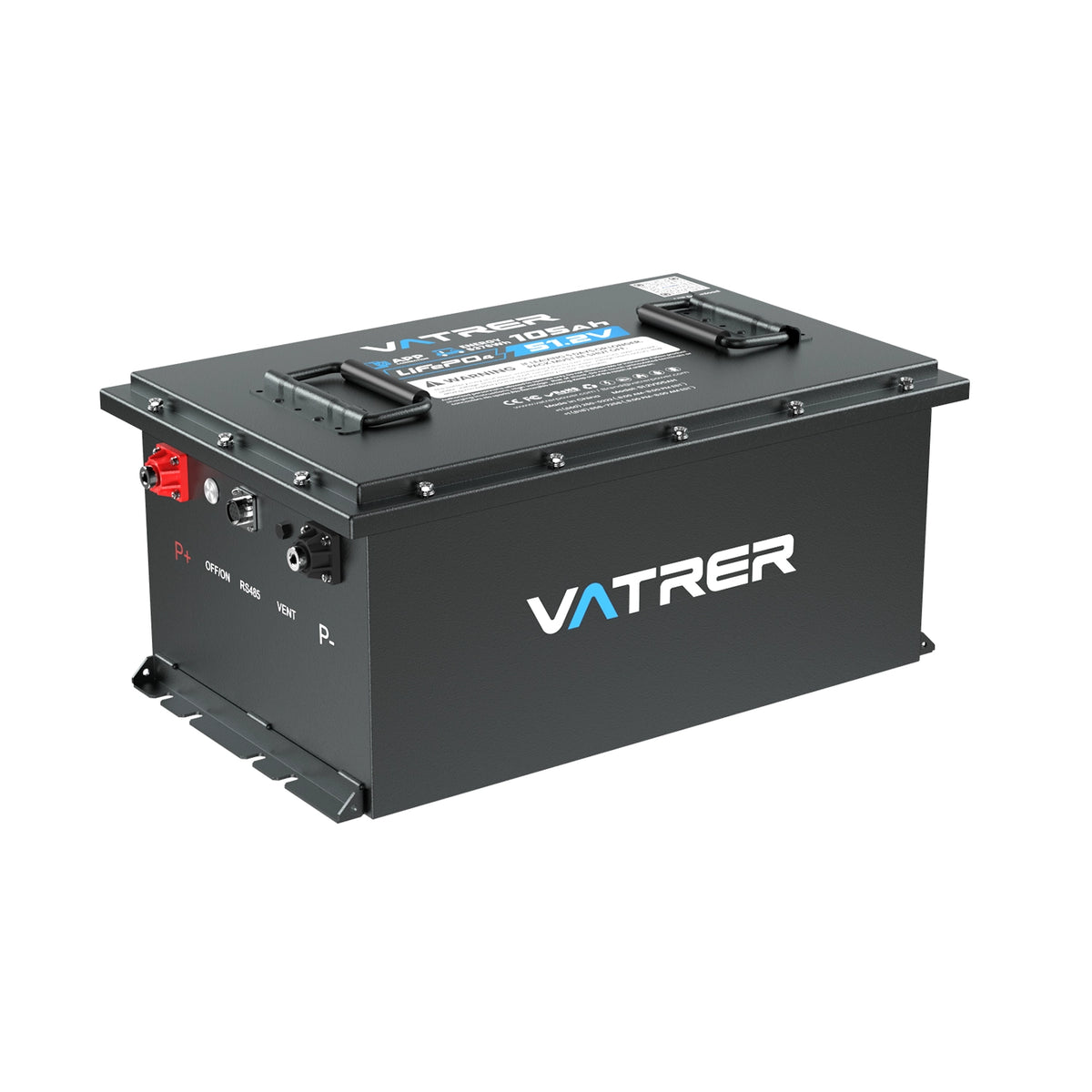Table of Contents
- Introduction
- Section 1: Understanding Deep Cycle Batteries
- Section 2: Types of Deep Cycle Batteries
- Section 3: Applications of Deep Cycle Batteries
- 3.1 Recreational Vehicles (RVs)
- 3.2 Marine and Boating
- 3.3 Renewable Energy Systems
- 3.4 Backup Power Solutions
- Section 4: Maintenance and Best Practices
- 4.1 Charging Practices
- 4.2 Depth of Discharge
- 4.3 Regular Maintenance
- 4.4 Temperature Considerations
- Conclusion
Introduction
Deep cycle batteries are the backbone of numerous applications that require sustained and reliable power over an extended period. From recreational vehicles and boats to renewable energy systems and backup power solutions, deep cycle batteries have become an indispensable energy storage option. In this comprehensive blog post, we will delve into the depths of deep cycle batteries, exploring their construction, functioning, types, applications, maintenance, and tips for optimizing their performance. Get ready to uncover the secrets behind these powerhouses of long-lasting energy storage.
Section 1: Understanding Deep Cycle Batteries
1.1 Definition and Purpose
Deep cycle batteries are designed to provide a steady and sustained flow of power over a prolonged period. Unlike starting batteries that deliver short bursts of high power for engine ignition, deep cycle batteries are engineered to handle deep discharges and recharges without compromising their performance or lifespan.
1.2 Construction and Components
Deep cycle batteries come in various types, including lead-acid and lithium-ion batteries. Lead-acid batteries are further classified into flooded lead-acid, gel, and AGM (Absorbent Glass Mat) types. On the other hand, lithium-ion batteries have gained popularity for their high energy density, light weight, and longer lifespan.
Section 2: Types of Deep Cycle Batteries
2.1 Flooded Lead-Acid Batteries
Flooded deep cycle batteries, also known as wet-cell batteries, are the traditional and most affordable option. They require regular maintenance, including checking electrolyte levels, topping up with distilled water, and ensuring proper ventilation.
2.2 Gel Batteries
Gel deep cycle batteries utilize a gelled electrolyte, which immobilizes the sulfuric acid. This construction offers better resistance to vibration, deeper discharge capabilities, and reduced maintenance requirements compared to flooded batteries.
2.3 AGM Batteries
AGM deep cycle batteries employ an Absorbent Glass Mat separator to hold the electrolyte. This design prevents spillage, enhances durability, and provides excellent shock and vibration resistance. AGM batteries are also maintenance-free and offer higher discharge rates.
2.4 Lithium-ion Batteries
Lithium-ion deep cycle batteries have revolutionized the energy storage landscape with their superior performance. They offer higher energy density, longer lifespan, faster charging capabilities, and lighter weight compared to lead-acid batteries. Lithium-ion batteries are commonly used in applications requiring high power and energy demands.
Section 3: Applications of Deep Cycle Batteries
3.1 Recreational Vehicles (RVs)
Deep cycle batteries are extensively used in RVs to power various electrical systems, appliances, and accessories. From lighting and climate control to entertainment systems and water pumps, deep cycle batteries provide reliable, off-grid power for countless adventures.
3.2 Marine and Boating
Boats rely on deep cycle batteries to power onboard electronics, navigation systems, lights, and even electric propulsion. The ability of deep cycle batteries to withstand the rigors of marine environments and repeated deep discharges makes them an ideal choice for boating enthusiasts.
3.3 Renewable Energy Systems
Deep cycle batteries play a vital role in renewable energy systems, such as solar and wind power installations. They store surplus energy generated during peak production periods and release it during low or no production periods. Deep cycle batteries ensure a consistent and uninterrupted power supply from renewable sources.
3.4 Backup Power Solutions
Deep cycle batteries are widely used as backup power solutions for critical systems. In times of power outages or emergencies, these batteries provide reliable energy for essential equipment like telecommunications, medical devices, emergency lighting, and security systems.
Section 4: Maintenance and Best Practices
4.1 Charging Practices
To optimize the performance and lifespan of deep cycle batteries, it is crucial to follow proper charging practices. Avoid overcharging or undercharging the battery, as both can lead to capacity loss and premature failure. Utilize smart chargers or charge controllers specifically designed for deep cycle batteries to prevent damage.
4.2 Depth of Discharge
Deep cycle batteries perform best when discharged to a moderate depth, typically between 50% and 80%. Avoid fully discharging the battery whenever possible, as deep discharges can reduce the overall lifespan. Continuous deep discharges should be avoided as they can significantly impact the battery's health.
4.3 Regular Maintenance
Regular maintenance is essential to prolong the lifespan and ensure optimal performance of deep cycle batteries. This includes inspecting and cleaning battery terminals, checking electrolyte levels (for flooded batteries) and topping them up with distilled water as necessary, and monitoring battery temperature and ventilation.
4.4 Temperature Considerations
Extreme temperatures can affect the performance and lifespan of deep cycle batteries. Avoid exposing them to excessively high or low temperatures, as this can accelerate degradation and reduce overall capacity. When possible, store and operate deep cycle batteries in moderate temperature conditions.
Conclusion
Deep cycle batteries are the workhorses of energy storage, providing reliable and sustained power for various applications. Understanding their construction, types, and applications empowers users to make informed decisions when selecting and utilizing these batteries. By following maintenance best practices, optimizing charging routines, and considering temperature conditions, you can maximize the performance and lifespan of deep cycle batteries. Whether you're embarking on an RV adventure, setting sail on a boat, harnessing renewable energy, or ensuring backuppower for critical systems, deep cycle batteries are the go-to solution for long-lasting energy storage. Embrace the power of deep cycle batteries and unlock a world of reliable and sustainable energy for your needs.







